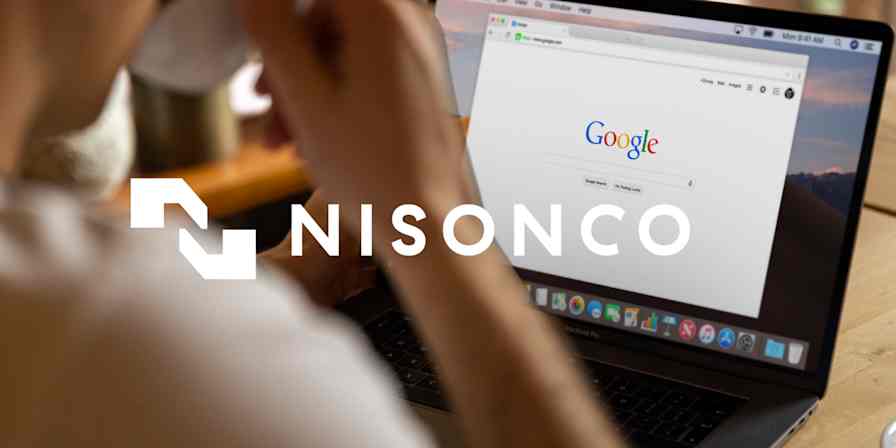Customer stories
20 min readBuild a Prototype Without Code: Rely on Apps, Integrations and APIs
By Matthew Guay · November 17, 2015

Get productivity tips delivered straight to your inbox
We’ll email you 1-3 times per week—and never share your information.
Related articles
Improve your productivity automatically. Use Zapier to get your apps working together.








